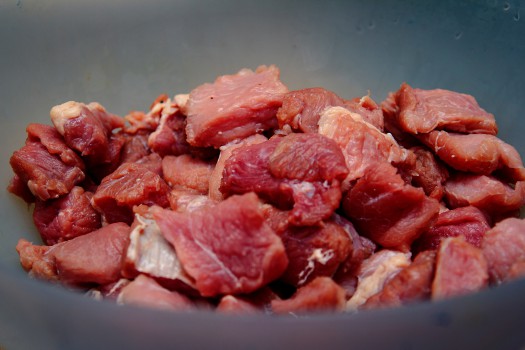Mexican cuisine is a cultural system that goes far beyond merely nutritional, food or gastronomic aspects, since it is involved in religiosity, rituals and traditions from centuries, sometimes millennia, and continue in force in the XXI century. It is a cultural phenomenon that occurs hand in hand with the life cycle and of course with the agricultural cycle, prominently in the most relevant moments such as birth and death, sowing and harvesting. Mexican food is a matrix of ancient knowledge enriched in different stages of miscegenation that survive today not only in the furrows and in the milpas*, in the kitchens and on the tables, but also in some way in temples and cemeteries, in cradles , altars and tombs, in prayers and customs of the people, whether indigenous or not. Our cuisine is a cultural ensemble that becomes the axis of community and family uses and practices.
Mexican cuisine is a factor of family and social cohesion among all strata of the population. It is one of the most powerful elements of national identity.
All this refers to the sacred book of the Mayans, the Popol Vuh, where it is recorded that the Mesoamerican man was created by the gods based on corn: only corn dough entered the flesh of our parents. In the Chimalpopoca Codex, the fundamental coincidence of the Aztec tradition with the Mayan is observed: Corn, divine grain, was the food that the gods kept in the center of Tonacatepetl. (the hill of our flesh)
The basis of the system is founded on corn, beans and chili. Native ingredients such as varieties of tomatoes, squashes, avocados, cocoa and vanilla augment the basic staples. Mexican cuisine is elaborate and symbol-laden, with everyday tortillas and tamales**, both made from corn, forming an integral part of Day of the Dead offerings
* (rotating swidden fields of corn and other crops) and chinampas (man-made farming islets in lake areas)
** The word “tamale” comes from the Nahuatl word ”tamalli,” meaning ‘wrapped.’ Mexico has more than 500 types of tamales.
Mexico is the center of diversity and origin of the green tomato. It has several names such as husk tomatoes, leaf tomatoes, milpa tomatoes, tomatillos.
The green tomato has been consumed from pre-Hispanic Mexico to present day, especially to prepare sauces and dishes combined with other ingredients such as chili, corn. It contains vitamins and minerals such as vitamin C and niacin, calcium and phosphorous.
One of the typical dishes in Mexican cuisine is Pork in Green Sauce with potatoes, it is very easy and quick to prepare. This dish consists of cooking pork inside a green tomato sauce with chili.
PORK IN GREEN
SAUCE WITH POTATOES
Ingredients
1 kg. pork, solid in pieces and cooked
1 tomatillo can Carey
¼ onion
1 head of garlic plus 2 cloves
2 or 3 serrano (or jalapeno) chilies
spoonful of salt
ground black pepper
1 chicken buillon
4 medium potatoes
1 tablespoon of oil
1 bunch of chopped coriander
Procedure
– Put the pork meat in a heavy stock pot and fill with water to cover the meat. Add salt, chicken buillon, unpeeled head of garlic, and onion. Bring it to boil. Cover the pot and reduce heat. Cook until meat is well cooked.
– While pork is cooking cut potatoes into 1-inch pieces and boil them, for 10 minutes over low heat (they should not be overcooked!), remove them from water.
– Grind Carey Green sauce (can) in a blender add two cloves of garlic, half a medium onion, ground pepper, and serrano chilies (or jalapenos chilies) according to taste.
– In a medium saucepan, heat a tablespoon of oil, add the green sauce, stirring constantly gently, two cups of the pork broth and salt to taste, lower the heat, add potatoes and meat. Turn heat off, add bunch of coriander and mix it gently.
– Serve warm with rice, black beans and corn tortillas.
Leticia Paulin
capeverde_2@hotmail.com
Puh. 044 97 55515




